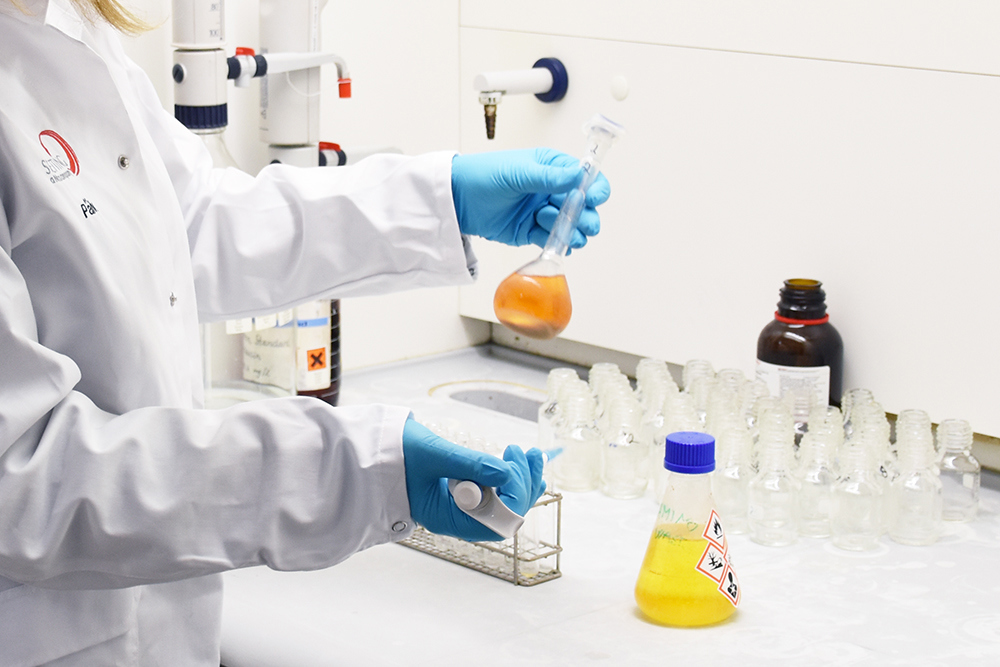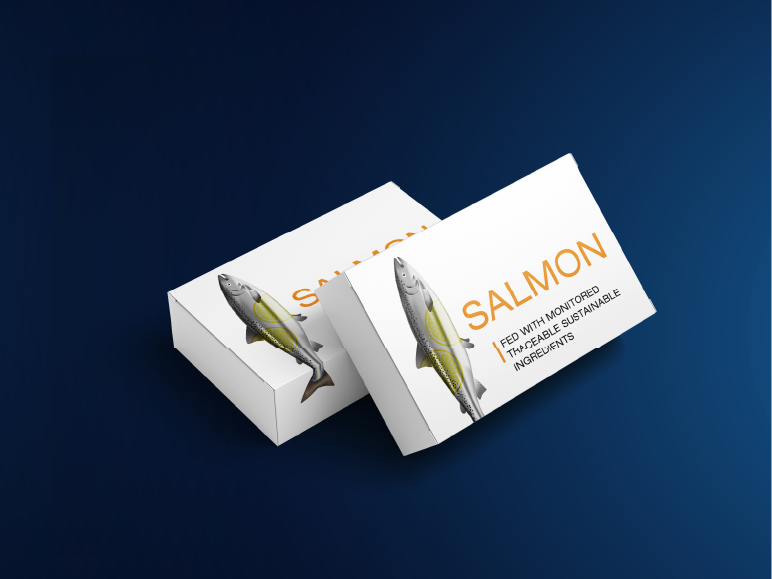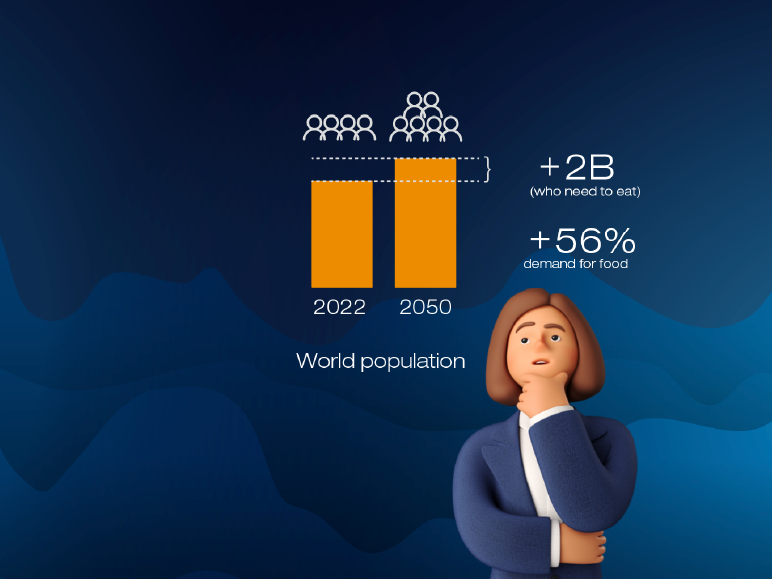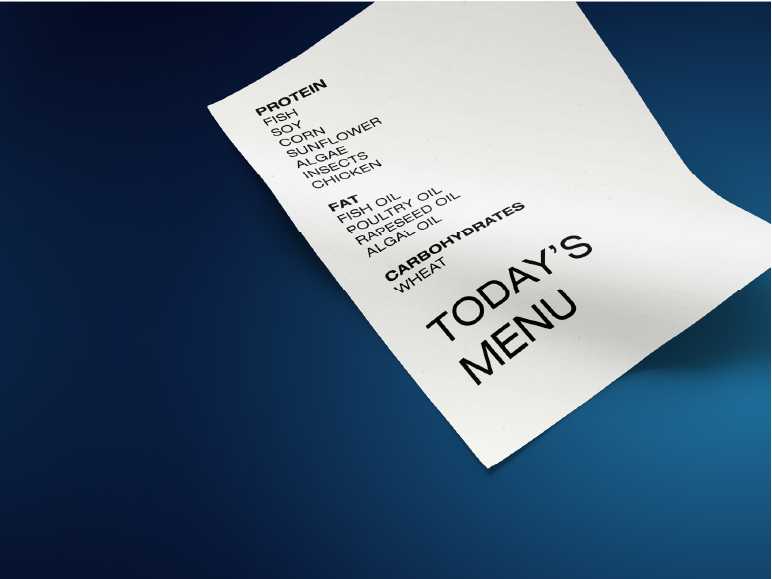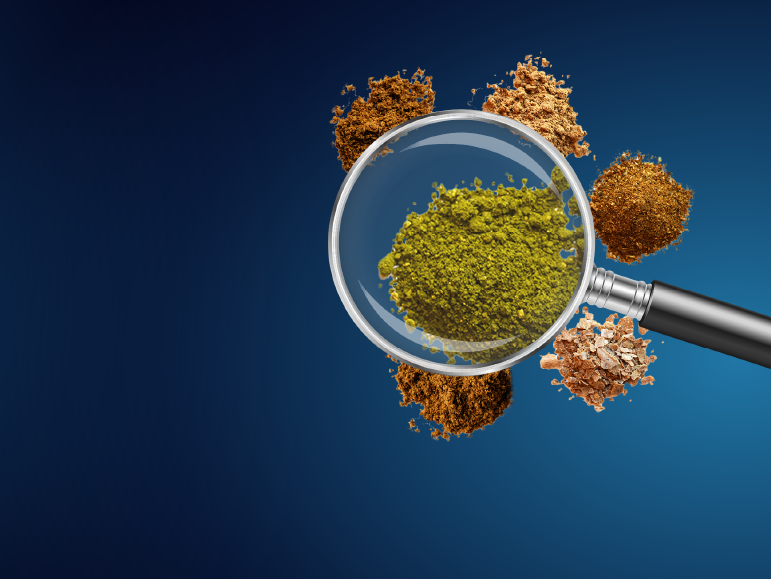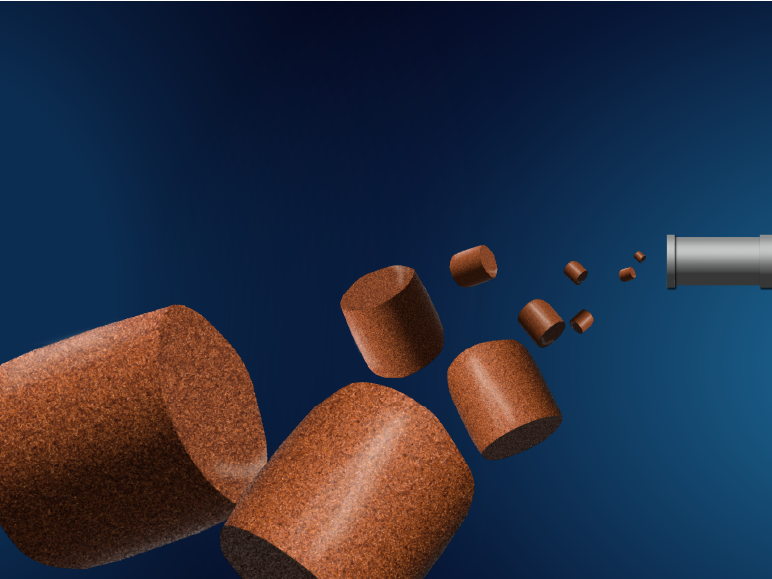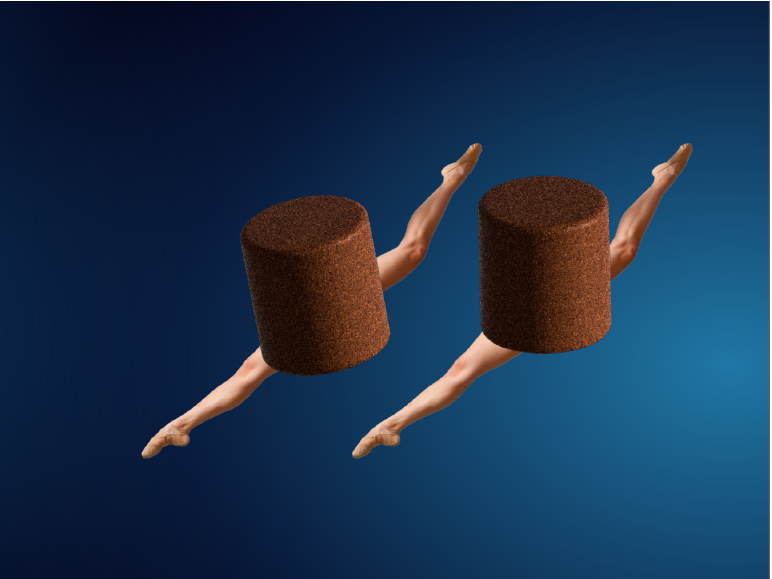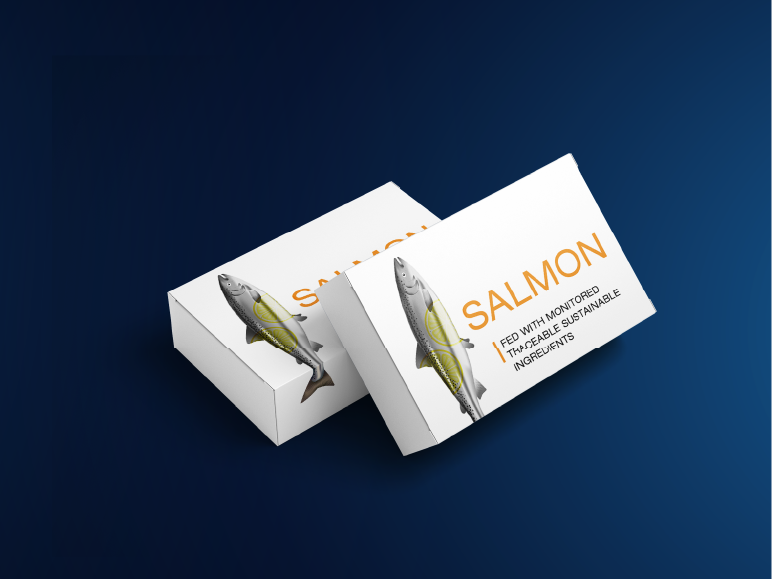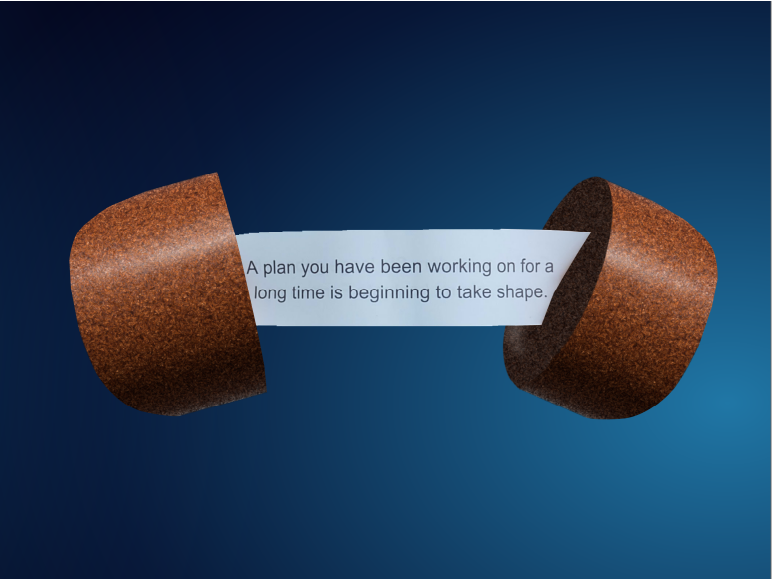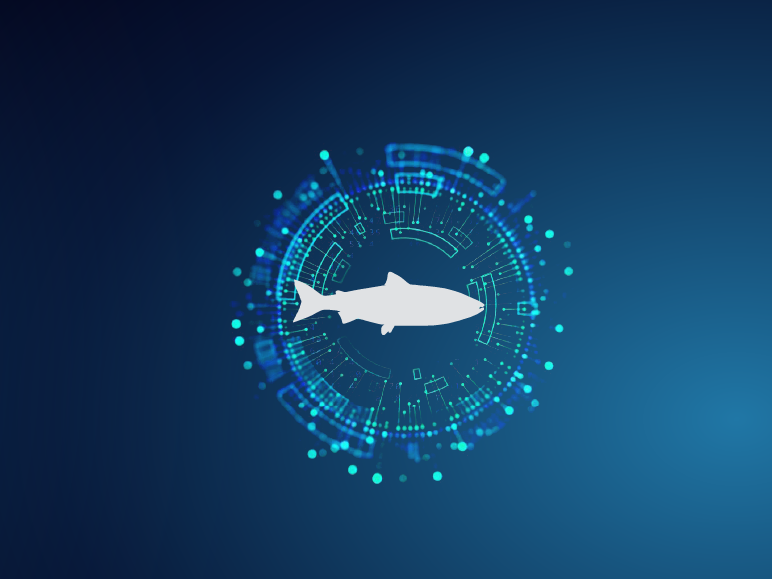
How can we, as people who make feed, but don’t farm, support fish and shrimp with the challenges they face? Well, first we need to have a full understanding of what a healthy animal looks like. That is far more complex than you might think, due to the huge biological differences between the species! Remember the mouse and the elephant? So how do we improve our understanding? Using science and technology. Some of the techniques we use are:
- DNA profiling
- Blood testing
- Tissue sampling
- In vitro trials
- Exploring new health indicators
- Microbiology and biotechnology.. the list goes on




